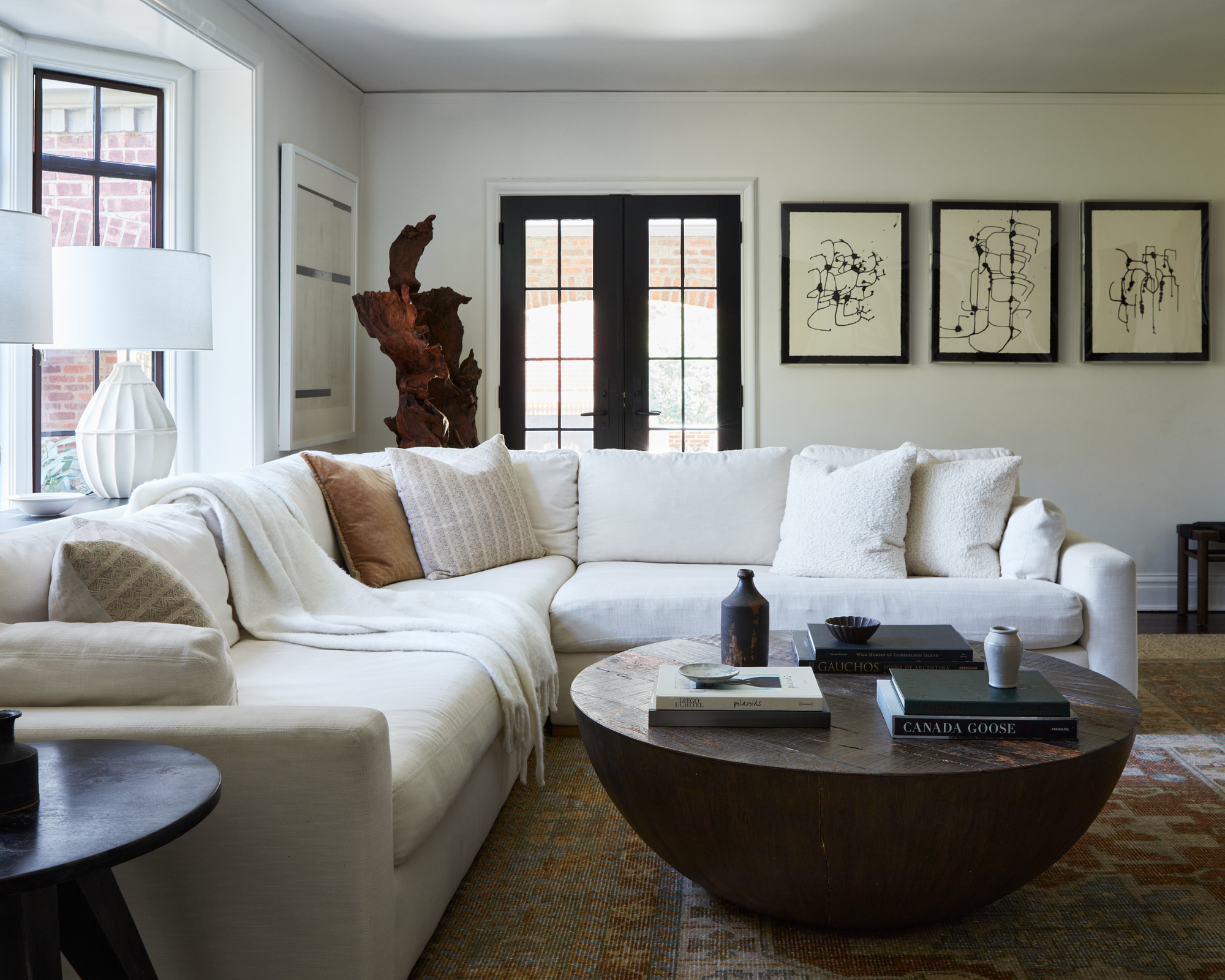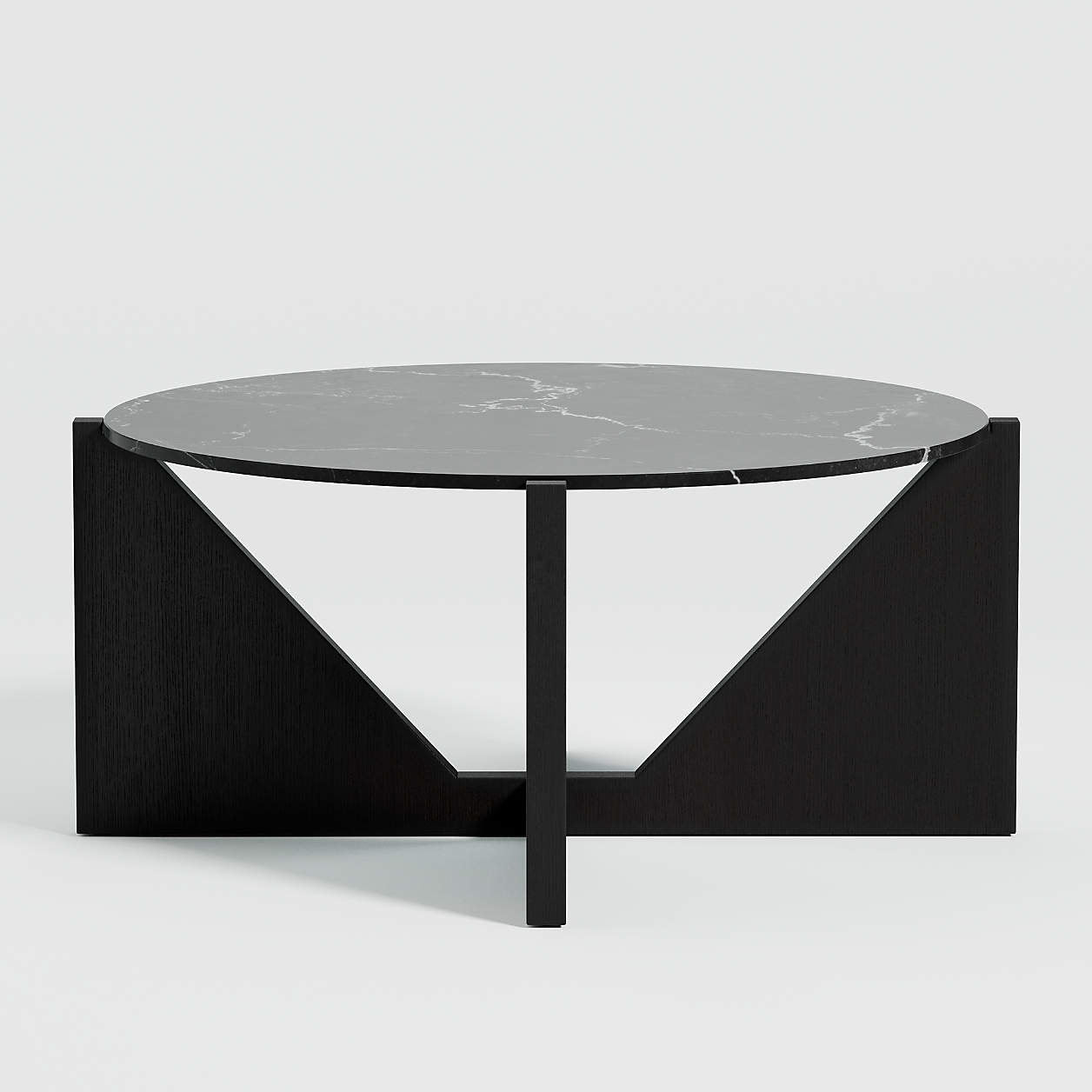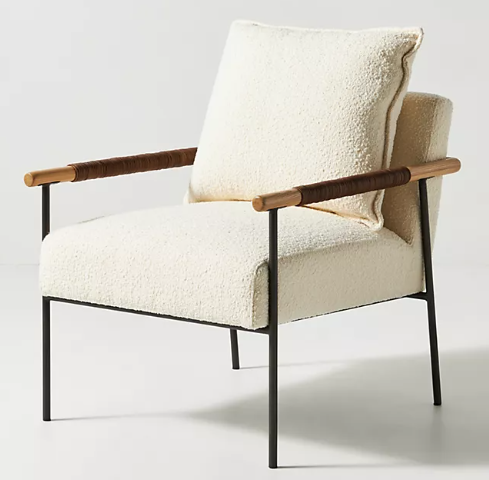5 Golden Rules for 'Good' Living Rooms Interior Designers Swear by — How Many Do You Follow?
We caught up with the interior designers to know the golden rules of living rooms, and this is where they said to focus


When you're coming up with a fresh new look for a space in your home, aside from your entryway, there isn't another space that gets more airtime than the living room. It's no wonder you want to revamp it, there is endless inspiration – you're welcome friends – but with so much out there, it's easy to become overwhelmed and not focus on the right parts of this space.
When you love interior design, the chances are you have a creative spirit. And let's not beat around the bush, being creative and experimenting go hand in hand. But even in the theatre of the design world, there are some golden rules to follow closely for the best success. So what exactly constitutes 'good' living room design? We asked the pros.
1. Lead the design with thought and sensibility

From the aforementioned entryway to the yard, your entire home is a snapshot of your style and personality. We spend a significant amount of time lounging and entertaining guests in our living rooms, so your surroundings should be curated with pure design sensibility.
'The living room is where cherished memories are made, and its design can profoundly influence the mood of a family,' says David Thompson, Principal and Founder of Assembledge+.
'A thoughtfully designed living room is a harmonious blend of comfort and personality.' Knowing your audience will help here, think about how you, your family, and your friends will spend time together, or solo, in the space. It could make the difference between whether you use Japandi-style living rooms, or more cozy living room ideas as a key source of inspiration.
2. Ensure the layout encourages 'flow and conversation'

On that note, the living room is one of the most convivial hubs in the home, and the layout is without a shadow of a doubt one of the foundations of very 'good' living room design.
When looking at small living rooms especially, you want it to feel like a relaxed space to be in, one where you can unwind and potentially host an impromptu cocktail hour, but you want to do that without it feeling cramped, stagnant, or uninspiring.
The Livingetc newsletters are your inside source for what’s shaping interiors now - and what’s next. Discover trend forecasts, smart style ideas, and curated shopping inspiration that brings design to life. Subscribe today and stay ahead of the curve.
'In our eyes, a “good" living room design is all about creating a comfortable and functional space that reflects your style and meets your needs,' share Shawn and Tina Taylor of Dacotah Studio.
'Laying out furniture to encourage conversation and flow is critical. Choose cozy seating options like sofas, armchairs, and ottomans that invite relaxation.'
As well as nodding to clever sofa trends, Shawn and Tina emphasize the need to think about the room's focal points to achieve a good living room layout. Although, the TV might spring to mind, think outside the box as there are other more worthy living room focal points to consider. Architectural details like a living room fireplace, artwork, or even a sleek black coffee table can all take pride of place and change the ambiance of the space, for the better. If you love Mid-century design with a brush of edge from yours truly, you needn't look further than the Umi Collection...
'A good design will also blur the lines between architecture and interior design, an ethos that we always keep in mind to approach the design of space as one holistic vision,' adds David.
3. Lighting should marry function and ambiance

Layering living room lighting adds depth to all spaces, and in one that serves multiple purposes, you need the flexibility to take it from day to night, at the flip of a switch, or a 'Hey Alexa.'
Consider your natural light sources first, then add variation with a mixture of interesting and subtle designs that will all play a different part in your setup. 'We enjoy inviting a mix of ambient, task, and accent lighting for functionality and ambiance,' continue Shawn and Tina. Lights you can dim will be perfect for setting the mood when entertaining. Sculpted table or floor lamps will offer up all-important task lighting, and a little design detail for good measure too.
'Furniture should invite you to unwind, lighting should be warm and welcoming and the items that fill your space should reflect your unique identity and lifestyle,' adds Davis of Assembledge+. So take lighting as another opportunity to add flair to the space.
4. The color palette should be cohesive and harmonious


We needn't tell you the impact of color in our homes, and the living room is the ultimate place to play homage to it, in all the right ways, of course. Whether you like a neutral living room or a more eclectic and maximalist finish with striped accent chairs and more, having a color palette that is on point and pulls your entire design scheme together is one of the founding rules of good living room design.
'Choosing a cohesive color palette that complements your style and creates a harmonious atmosphere is also key!' Exclaim Shawn and Tina Taylor of Dacotah Studio.
Choosing your living room color palette comes with tapping into the feeling you want to create in the space. Some light paint colors will make dark living rooms feel brighter, for example.
Then you can look at living room wallpaper ideas, how colors in patterns will interact with other design details, and any accessories on display. Alternatively, you could set the tone with stunning wall art and let it pull out other colors in the space – the key is to make it harmonious and at least 'look' a little effortless.
5. Make sure it feels complete in the design moment

Like we started, in this modern design world, our tastes in interiors are constantly in flux and evolving. This is a good thing, but with that said, projects deserve to be completed to fit your vision. This is what our fifth and final golden rule for a good living room design is all about.
'A 'good' living room is simply one that has been fully decorated,' says Barrett Oswald, Principal designer and founder of Barrett Oswald Designs. 'Often, homeowners have decision fatigue toward the end of a project, but completing a living room with final touches like art and accessories is what brings a space to life.' Colors and proportions are key when choosing art for a living room. So once you have your bones up, make sure you add all the finer planned (and perhaps impromptu) elements in the final throws of the staging.
Shawn and Tina Taylor of Dacotah Studio remind us that photographs and other items that say a little about you will make the design scheme truly unique. 'Remember, it's all about finding the balance between style and functionality to create a space that you love spending time in!'. Tap into timeless choices as best you can and focus on what makes it a good living room design for you at that moment, but allow yourself to be open to change.
Where can you trip up in living room design?
Being thoughtful with your living room is essential to getting it right to suit your needs and style. You also don't want to go overboard as David tells us: 'The living room should give a feeling of a curated and collective life, with pieces selected that had a story to tell, rather than looking done as if everything was purchased from one showroom.'
Similarly, take a soft approach to interior design styles that can be trickier to get right. Minimal living room mistakes can trip us all up.
Is there anything you shouldn't keep in a living room?
'We favor timeless pieces and steer away from trends since they are constantly changing. It's easier to experiment with different styles through accessories than it is furniture,' says Barrett. Here are some timeless pieces to build out your very 'good' living room design to spec:

Price: $1,300.00

Price: $799

Price: $898

Camille is a freelance interiors writer and the former deputy editor of Real Homes where she covered a broad range of topics, including DIY, small space design, and gardens. She studied English language and Italian at the University of Manchester and it was during her year abroad studying in Bologna that she started documenting her adventures and observations in a blog. Camille has a passion for art and beautiful spaces. When not writing or refreshing her home, you will find her gallery hopping, taking photos, painting, and traveling to seek out interiors inspiration.